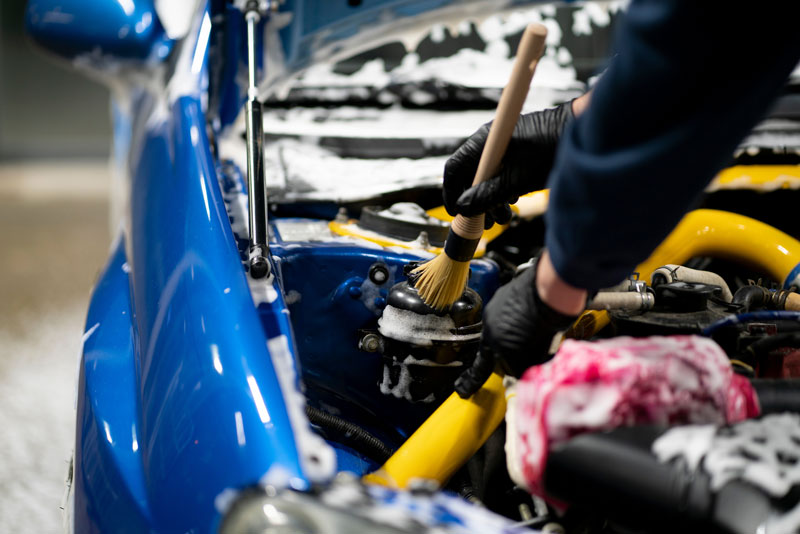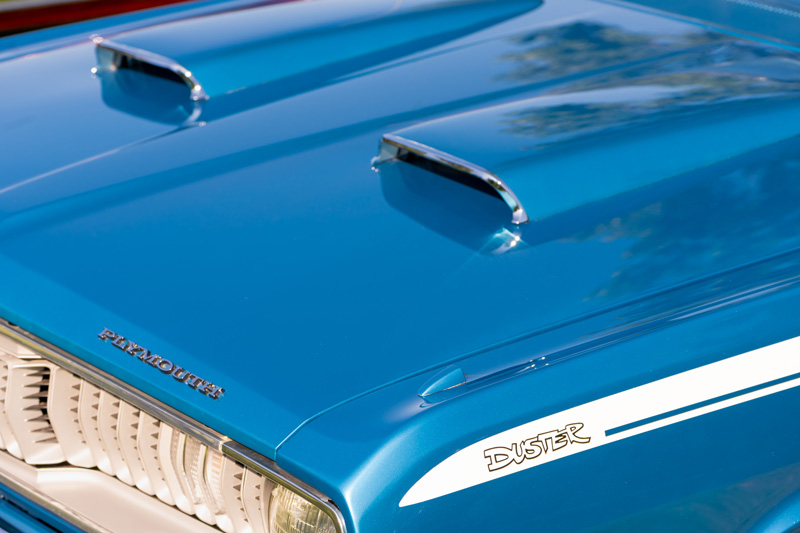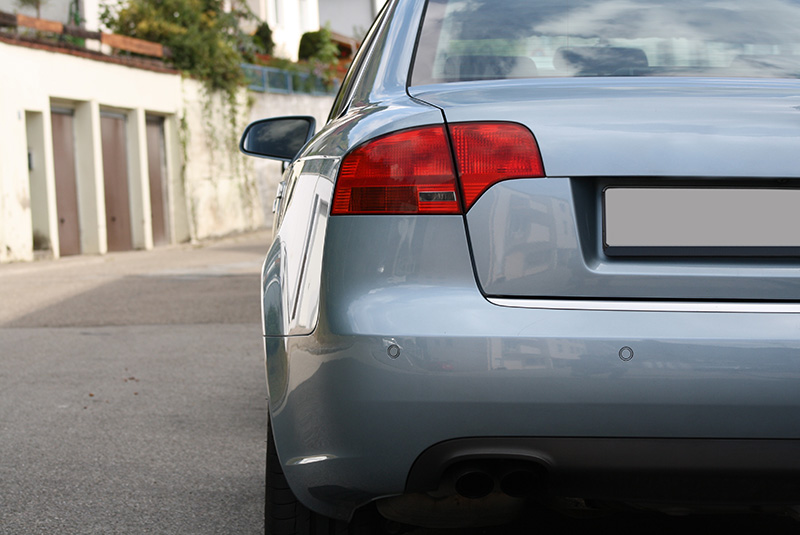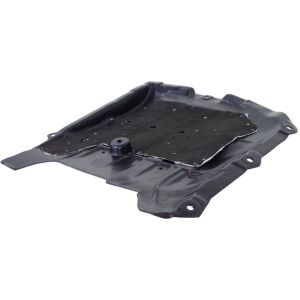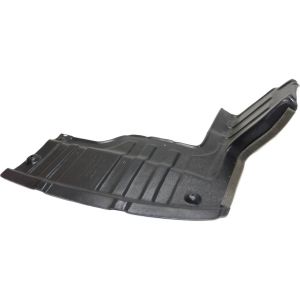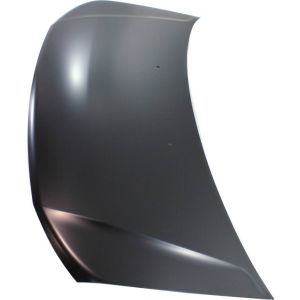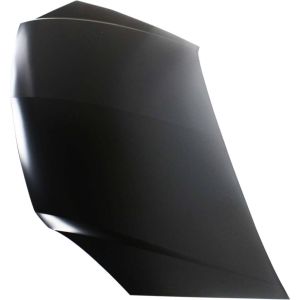While the beauty of a shiny exterior often takes the spotlight, the unsung hero of your vehicle's performance lies hidden under the hood in the engine bay. You're likely aware that maintaining a clean engine bay is crucial, but are you aware of the proper methods and precautions to take?
Dive into this discussion to explore techniques that will not only enhance your car's aesthetics but also its longevity and performance. However, as we delve into this topic, bear in mind that engine cleaning isn't a process to rush through; one misstep could lead to costly damage.
Key Takeaways:
- Regular engine cleaning prevents corrosion, facilitates maintenance, and enhances engine longevity.
- Essential cleaning tools include a degreaser, synthetic bristle brush, compressed air or towel, and protective covers.
- The cleaning process involves prepping, degreasing, rinsing, drying, and applying engine protectant.
- Avoid common mistakes, such as using harsh chemicals, neglecting sensitive parts, and overlooking proper drying.
Why Is It Important to Clean Your Engine Bay?
Cleaning your engine bay is crucial not only for maintaining your car's overall aesthetic appeal, but also for its performance, longevity, and safety. When you keep your engine bay clean, you're also ensuring the sensitive electrical components are free from dust and dirt that could potentially hinder their function.
So, how do you go about this? First, ensure that your engine is cool before you start the cleaning process. You wouldn't want to get burned, would you? Next, remove any plastic covers that could get in the way. Be sure to cover up sensitive electrical components with plastic bags to keep them safe during the cleaning process.
Use a degreaser to clean the engine bay. Spray it generously and let it sit for a while to break down the grime. Once that's done, use a small brush with synthetic bristles to scrub off stubborn stains. Rinse the engine bay from back to front to ensure all the grime flows out. Finally, dry it off using a towel or compressed air.
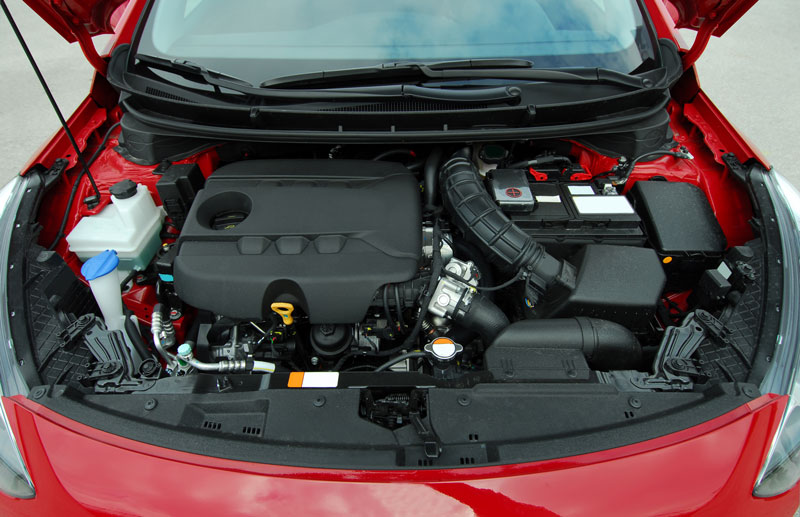
What Builds Up When You Don't Clean It?
When you neglect regular engine cleaning, a variety of substances can start to accumulate, including dirt, engine oil, and other automotive fluids. This buildup can not only cause your engine bay to look grimy and neglected, but it might also affect its performance over time.
Here's what happens when you ignore cleaning your engine bay:
- Dirt Buildup: Dirt and dust from the road can accumulate, leading to a grimy engine bay. This can clog up essential components, leading to reduced performance.
- Oil Leaks: Oil might leak and mix with the dirt, creating a sticky, stubborn residue. Over time, this can lead to corrosion or damage to engine parts.
- Accumulation of Other Fluids: Other automotive fluids such as coolant or brake fluid can also leak and accumulate, leading to potential issues.
- Environmental Debris: Debris such as leaves, twigs, and even small rocks can get trapped in the engine bay, potentially causing mechanical issues.
How to Clean Your Engine Bay?
Ready to get your hands dirty and give your engine bay a good clean? First, you'll need to gather all necessary supplies, including a good quality degreaser and a brush. After your engine has had time to cool down, it's time to get to work degreasing, rinsing, and drying.
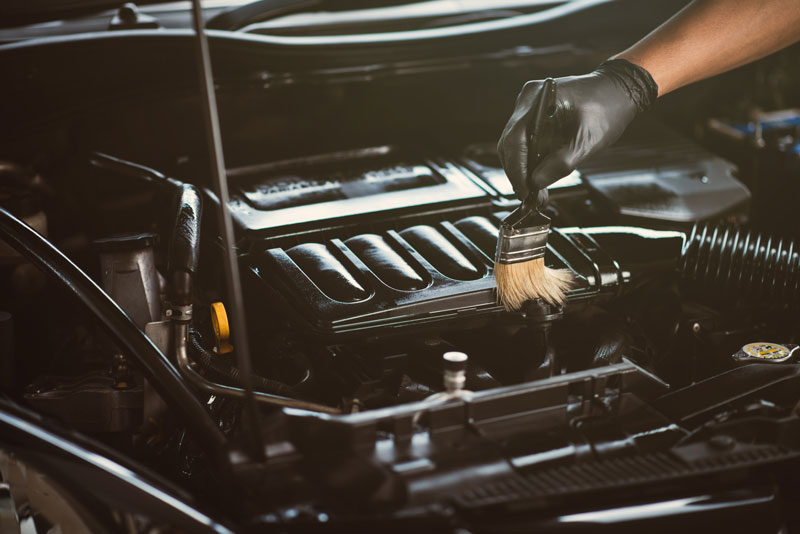
Gather Supplies
Before you dive into cleaning your engine bay, it's essential to gather all the necessary supplies. This includes a degreaser, drip pan, absorbent mats, knee pads, nylon brush, wire brush, flashlight, air compressor, and air hose.
Having the right tools at your disposal can make the process of cleaning your engine bay more efficient and less strenuous.
Here are four must-have items:
- Engine Degreaser: This is your main engine cleaner. It will help to dissolve grease and grime, making it easier to remove.
- Nylon Brush: This will help you scrub off the stubborn dirt without damaging your engine components.
- Air Compressor and Hose: These are used to blow off the excess water after rinsing.
- Flashlight: It helps to illuminate dark corners of the engine bay for thorough cleaning.
Let Your Engine Cool Down
It's crucial that you let your car engine cool down thoroughly before starting the cleaning process. You don't want to risk burning yourself or causing any damage to the engine's components. Ideally, allow the engine to cool for at least fifteen minutes after running the car. This is an essential step, so don't rush it.
While you're waiting for the engine to cool, gather plastic bags. These will be used to cover sensitive parts of the engine that shouldn't get wet during the cleaning. Items such as the alternator, power steering reservoir, and electrical connectors need to be protected.
Secure the plastic bags around these components using rubber bands or zip ties. This preparation ensures a safe and effective cleaning process.
Degrease and Rinse
Once your engine's cooled and covered, grab your degreaser and get ready to tackle that grime. It's time to give your engine compartment a thorough clean.
Here's a simple guide on how to degrease and rinse:
- Start by applying the degreaser liberally all over the engine compartment. Don't be shy; the more, the merrier.
- Let it sit for a few minutes. The degreaser needs time to break down the dirt and oil.
- With a brush, scrub the tough spots. Ensure you reach every corner.
- Rinse everything off with a hose, moving from back to front.
Dry
So, you've scrubbed and rinsed your engine bay, what's next? After a thorough cleanse, it's vital to properly dry the area. Compressed air can be a fantastic tool for this task. It's powerful enough to remove water from the nooks and crannies that a towel can't reach.
Start from the back and move towards the front, systematically pushing the water out. Don't rush this process, as any remaining moisture can cause problems down the line. If you don't have access to compressed air, use a lint-free cloth to dry the surface areas.
Be extra careful around electrical components. The end goal is to properly clean and dry your engine bay, ensuring it's ready for the next ride. Proper drying is a crucial step in maintaining a clean engine bay.
How Often Should You Clean It?
While there's no hard and fast rule, cleaning your car engine bay should ideally be part of your regular car maintenance routine, which might mean a thorough clean every year or two.
The frequency depends on a few factors:
- Driving Conditions: If you're frequently driving on dusty roads or in heavy traffic, your engine bay might accumulate dirt and grime at a faster rate. In such cases, you might want to clean it more often.
- Weather: Harsh weather conditions can also impact how dirty your engine gets. If you live in an area with lots of rain or snow, you may need to clean the engine bay more frequently.
- Usage: The more you use your car, the more likely it is to collect dust and debris in the engine bay. If you're a heavy user, consider cleaning the engine bay every six months.
- Appearance: If you're passionate about keeping your car looking its best, you might choose to clean the engine bay more regularly.
Are There Any Potential Risk's?
Even though cleaning your car's engine bay offers numerous benefits, it's important to understand that there are potential risks involved if not done properly. One of the biggest dangers is damaging the electrical components. Water, if not carefully managed, can seep into these areas and cause irreversible harm.
Before you start, it's crucial to cover sensitive electrical components with plastic to guard them against any water or cleaning solution that might accidentally splash in their direction during the cleaning process. You should also avoid using a high-pressure hose as it can force water into areas where it shouldn't go, potentially damaging your engine bay.
Another risk is the possible harm to your skin and eyes from harsh degreasers. Always make sure you're wearing protective gear, such as gloves and safety glasses, to avoid chemical burns or other injuries.
Lastly, remember that the engine bay can get very hot, so it's essential to let it cool down before you start cleaning. Touching a hot engine can result in severe burns.
Conclusion
So, you're now equipped to keep your car engine bay sparkling clean. Don't underestimate the benefits - a clean engine runs cooler, performs better, and even catches potential issues early. Regular cleaning can boost your car's resale value too.
Remember, it's more than just aesthetics - it's about your car's health and longevity. Test this theory out and feel the difference in your vehicle's performance. Your car, and wallet, will thank you in the long run.
FAQs (Frequently Asked Questions)
What Types of Degreasers Are Safe to Use on a Car Engine?
- You can safely use citrus-based, solvent-based, or petroleum-based degreasers on your car's engine. However, always ensure it's a non-caustic formula to avoid damaging the engine's components or paintwork. Always follow the product instructions.
Is There a Specific Type of Brush That Is More Effective for Engine Cleaning?
- Yes, there is! A small brush with synthetic bristles works wonders for engine cleaning. It's gentle yet effective, reaching into tight spaces and scrubbing away grime without damaging delicate engine components.
Are There Any Signs That Indicate an Immediate Need for Engine Cleaning?
- Yes, there are signs you need immediate engine cleaning. If you spot oil or grease deposits, excessive dust buildup, or overheating issues, it's time to clean your engine bay to prevent further damage.
